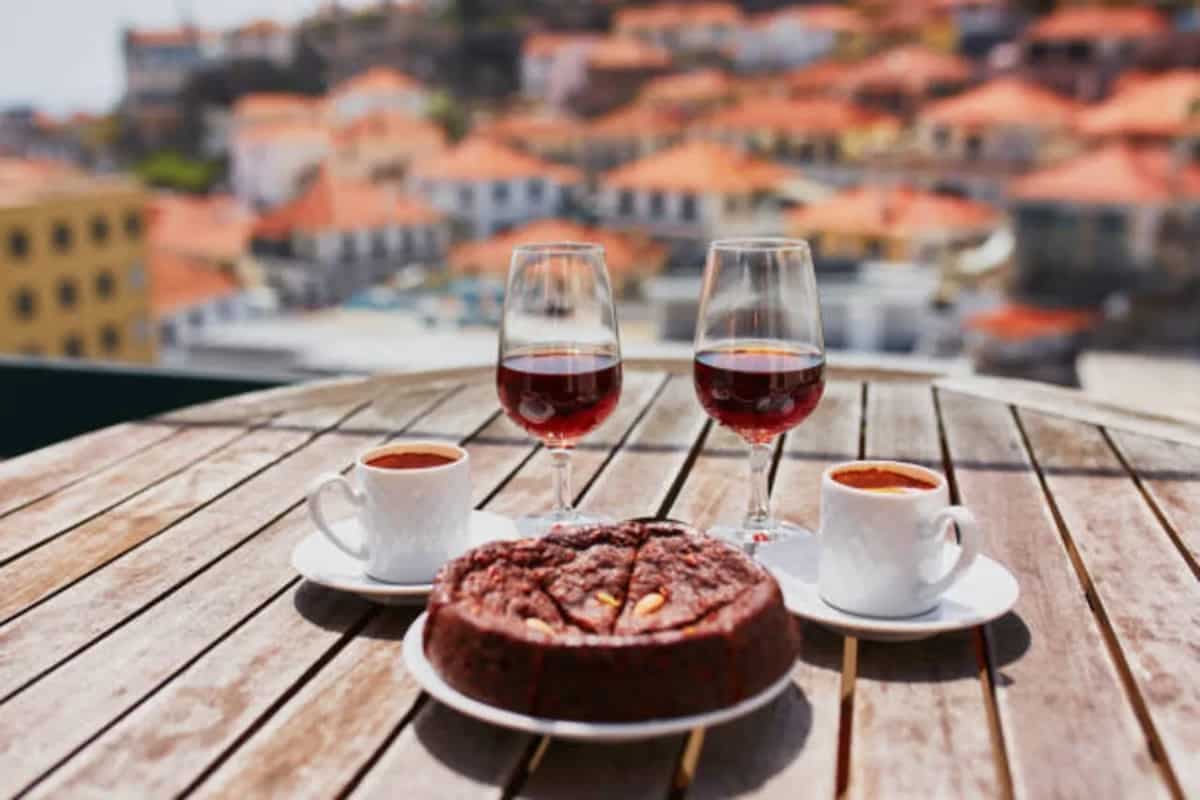With their decadent richness and nuanced flavours, dessert wines are those magnificent nectars that elevate the mundane into the spectacular and are the perfect end to any outstanding dinner. Dessert wines, which are sometimes misunderstood or ignored, provide a lovely diversion from conventional table wines and raise the dessert course to the level of an art form.
But what precisely is a dessert wine, and which ones are deserving of a spot on your table or in your cellar? We'll simplify these delicious jewels, and we'll also find some of the best options that every wine connoisseur and dessert enthusiast should savour. Dessert wines are beverages served after dinner and are produced using a variety of grape types and production methods.
This broad category includes sweet reds, sparkling varieties, and fortified varieties that are noticeably sweeter than their counterparts. A prevalent factor is a high alcohol content. These wines taste just as good when enjoyed on their own, with cheese, or with desserts. Their sweetness comes from specialised harvesting and winemaking techniques.
Late harvesting
By choosing to harvest later, growers are able to acquire grapes that are completely mature and tastier. For increased sweetness, some grapes are left to wilt on the vine.
Fortification
By adding alcoholic beverages, such as brandy, fermentation is stopped and the alcohol concentration is increased.
Noble rot
When the fungus, Botrytis cinerea, is purposefully exposed to grapes, it takes out moisture and intensifies the taste.
Dessert wines are more expensive than conventional wines since these approaches call for expertise, knowledge, and a large time commitment. The following are the best dessert wines you should try:
Ice Wine (Eiswein):
Ice wine, a beloved unfortified dessert wine famed for its alluring sweetness, is also referred to as Eiswein in Germany and Austria. The name "ice wine," which is admired in both Canada and Germany, accurately describes its distinctive production process. In order to capture the essence of both sweetness and acidity, grapes from colder locations are allowed to freeze on the vine. For a single 375-ml bottle of this exceptional wine, approximately 6 pounds of grapes are needed, which contributes to its high price. When tasted, ice wine exhibits a rich, dessert-like flavour character.
Frozen Riesling grapes provide a rich, honeyed elixir that is balanced by the vivacity of acidity in German Eiswein, displaying notes of tropical fruits, citrus, and honey. Canadian ice wines have lavish textures and taste like apricots, peaches, and citrus. Canadian winemakers create a variety of ice wines using a mix of grape varietals such as Vidal Blanc, Riesling, and Cabernet Franc. This magnificent wine pairs beautifully with foods like chocolate, fruit, and strong cheeses. It also tastes great on its own and provides a wonderfully opulent experience.
Sherry:
Sherry has gained an enormous reputation as a fine dessert accompaniment, transcending its role as a simple cooking ingredient. Moscatel and Pedro Ximénez (PX) are two of the best-known sherries. The sun-drying of grapes, which increases their sugars and flavours, is a distinctively compelling step in the manufacture of PX wine. After pressing, the juice that is left over is fermented, fortified, aged, and expertly mixed with different vintages of wine.

This thorough method helps PX stand out as one of the sweetest wines on the market, distinguished by alluring flavours of dried figs, dates, raisins, and spices, as well as a lovely undertone of chocolate. Enjoying PX with a dollop of vanilla ice cream reveals a flavorful symphony. The aroma of Moscatel sherry, on the other hand, is fruit-forward with floral undertones and a subtly drier finish. Moscatel pairs perfectly with lighter, fruit-based desserts thanks to its refreshing nature.
Port:
Port wine, a fortified wine made in the scenic Douro Valley, has its origins in Porto, Portugal. Red and white grape types are combined to create the wine. Each batch is meticulously aged for a minimum of two years, with the length of ageing influencing the sweetness of the product. Nevertheless, the port's reputation goes beyond its sweetness because it is praised for its lavish richness, irresistible sweetness, and high alcohol level. Its adaptability shows in pairings, harmonising with a variety of cheeses, chocolates, and desserts with ease, making it a posh and well-rounded option for indulgence.
Madeira:
From the Portuguese island of Madeira, Madeira wine is a fortified treasure that, while perhaps not as well known as port, is still deserving of equal acclaim. Madeira wine, made from a combination of native white wine grape varietals, sets off on a unique path of deliberate oxidation. Through this special procedure, a tantalising tapestry of flavours that includes nutty undertones, smokey hints, sweet honey tones, fruity essences, and toffee undertones is created. The variety of grapes used and the length of ageing influence how different flavours of Madeira wine taste, ranging from delicate and dry to lavishly rich and sweet.
Madeira stands out even more for its incredible endurance, which allows it to last for centuries without refrigeration. This wine deepens in flavour and richness with age, a characteristic few beverages can boast. Surprisingly, the necessity for a cork is even not needed to keep it fresh. Madeira wine gracefully pairs with a variety of delectable foods, from the powerful pairing with desserts made with chocolate, fruit, and coffee to the harmonious pairing with a variety of hard cheeses.
Lambrusco:
Lambrusco, a sparkling red wine from the Emilia-Romagna area of Italy, exhibits a range of characteristics, including dry and sweet renditions. Modern Lambruscos have experienced a dramatic transition, emerging as highly polished offerings after having previously been tainted by a somewhat checkered reputation.
The sweet varieties of Lambrusco stand out among these because of their energising explosion of rich berry flavours and exquisite effervescence. Simple instructions are provided on the label for people looking for the sweeter version: "Dolce" designates the sweet version, while "Amabile" denotes a semi-sweet substitute.


